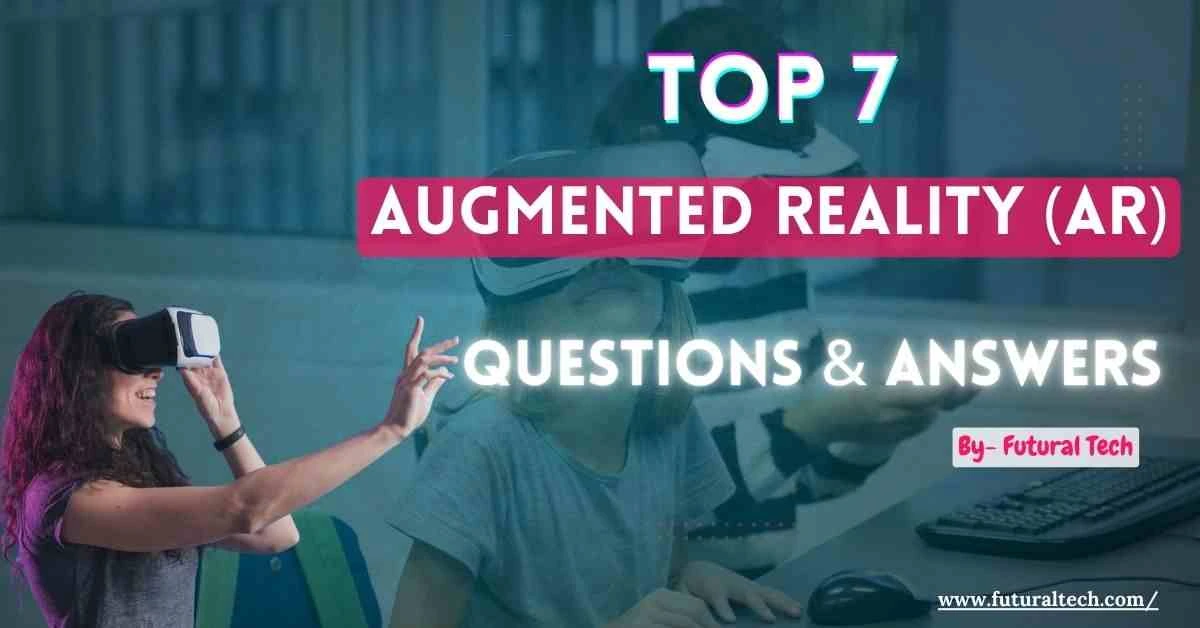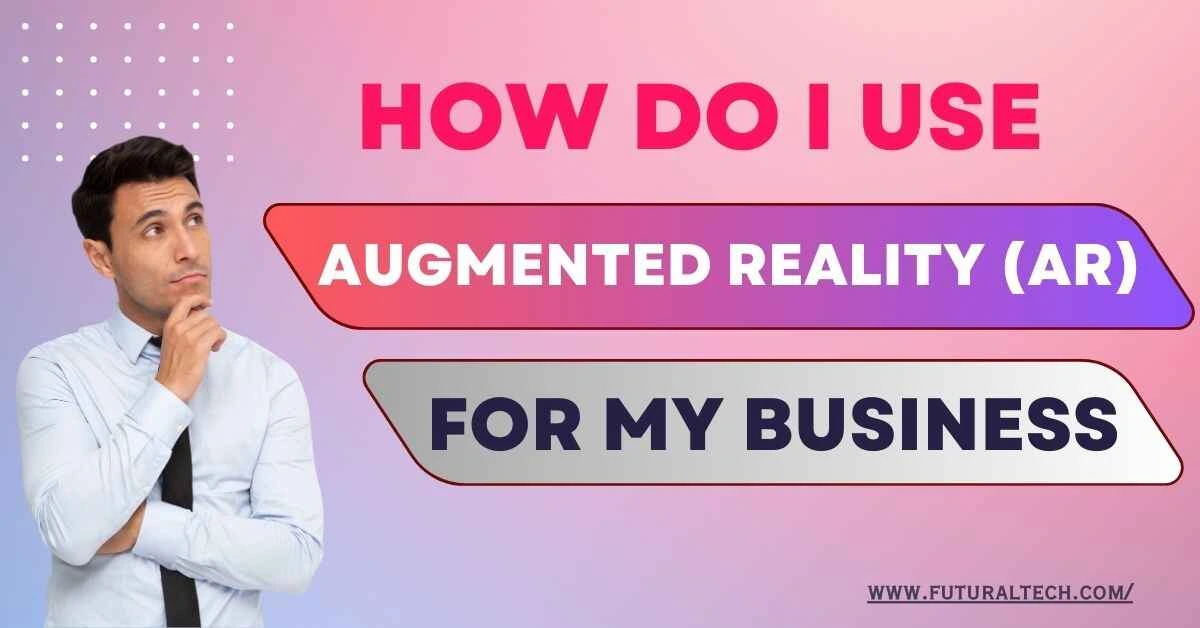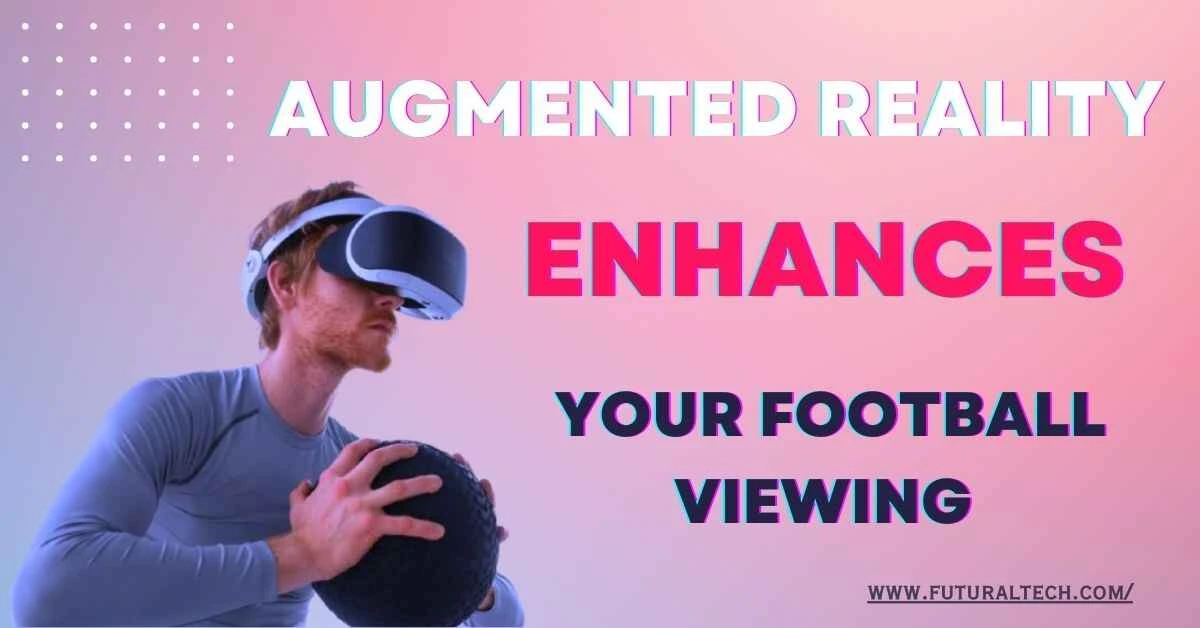See It Before You Buy It: How AR Makes Product Demos Amazing.
By- Raj 29th-Aug-2024

The Future of Shopping: How Augmented Reality (AR) is Transforming Product Demos
Remember when shopping meant strolling through physical stores, touching products, and experiencing them firsthand? While traditional shopping still exists, the digital age has transformed our habits. E-commerce has brought stores closer to us via smartphones and tablets, and now Augmented Reality (AR) is taking this revolution a step further.
How AR Fits into Modern Shopping Experiences
AR is not just a futuristic concept; it’s a present-day technology reshaping how we shop. Imagine seeing a new piece of furniture in your living room without leaving home or trying on clothes virtually. AR enhances the shopping experience by blending physical reality with virtual elements.
What is Augmented Reality (AR)?
Augmented Reality (AR) enhances your perception of reality by adding digital elements such as sounds or graphics to your existing environment. Unlike Virtual Reality (VR), which creates entirely simulated worlds, AR integrates virtual components into the real world.
Differences Between AR and VR
While AR and VR share immersive qualities, they serve different purposes. VR provides fully immersive experiences often used for gaming, while AR overlays digital content onto the real world, making it ideal for interactive and practical applications.
The Advantages of AR for Product Demos
Improved Customer Experience
AR enables customers to try out products in ways that were previously impossible. From visualizing furniture in their own space to virtually trying on clothes, AR makes shopping more interactive and informative. For example, AR furniture apps like IKEA Place enhance the decision-making process.
Increased Customer Engagement
Interactive AR experiences captivate customers longer than static ads. The novelty and utility of AR create memorable shopping experiences, encouraging more time spent exploring products and increasing engagement in retail settings.
Reducing Return Rates
High return rates are a common challenge in e-commerce. AR addresses this by providing accurate depictions of products, helping customers make better-informed decisions and reducing the likelihood of returns.
How Does AR Work in Product Demos?
Technology Behind AR
AR leverages cameras, sensors, and software algorithms to blend digital information with the physical world. These technologies work together to create an immersive and interactive experience that engages users’ senses.
Kinds of AR Product Demos
- Marker-Based AR: Uses visual markers that the AR system recognizes to display digital content.
- Markerless AR: Relies on GPS, accelerometers, and other data to overlay digital content without visual markers.
- Projection-Based AR: Projects virtual images onto physical surfaces.
- Superimposition-Based AR: Overlays digital views onto parts of the real-world view, altering the appearance of physical objects.
Industries Revolutionized by AR Product Demos
Fashion and Apparel
The fashion industry uses AR for virtual fitting rooms, allowing customers to try on clothes and accessories virtually. This not only enhances the shopping experience but also reduces return rates. AR in fashion retail is becoming a major trend.
Home Decor and Furniture
IKEA’s AR app exemplifies how augmented reality can transform home decor. Users can place virtual furniture in their homes to see how items will look before purchasing. This app has set a benchmark for AR in furniture shopping.
Automotive Industry
Automakers are utilizing AR for virtual showrooms, enabling customers to explore and customize vehicles from their homes. This application of AR in e-commerce showcases how it enhances the buying process.
Successful Augmented Reality (AR) Product Demos Illustrated by Case Studies
IKEA Place App
The IKEA Place app provides true-to-scale 3D models of furniture, helping customers visualize how products will fit into their homes. This app has revolutionized furniture shopping by offering a more accurate representation of products.
Sephora Virtual Artist
Sephora's Virtual Artist app allows customers to try on makeup virtually using facial recognition technology. This feature enables users to see how different products will look on their face before making a purchase.
Audi’s AR Showroom
Audi’s AR showroom offers an interactive experience where customers can explore and customize virtual cars. This innovative approach provides a detailed view of vehicle features and options, simplifying the buying process.
AR & Your Business: How You Can Implement It
Where To Begin: Steps For Starting Off With AR
- Identify Use Cases: Determine the best ways to utilize AR for product demos and customer experiences.
- Choose the Right Technology: Decide between marker-based and markerless AR based on your needs.
- Develop Content: Create high-quality digital assets for your AR experience.
- Select a Platform: Choose an AR platform or tool that aligns with your goals.
- Test and Improve: Pilot your AR demos with a small audience and refine them based on feedback.
AR Development Platforms and Tools
Tools like ARKit (Apple), ARCore (Google), Vuforia, and Unity offer various capabilities for creating AR experiences. Selecting the right platform depends on your specific needs and objectives.
Problems with Using AR in Product Demos
Technical Limitations
Hardware and software limitations can affect the quality of AR experiences. Ensuring high-quality output requires overcoming these technical challenges.
Costs and Investments
Developing effective AR experiences can be expensive, involving costs for technology, content creation, and development. Weigh the benefits against these costs to determine if AR is a worthwhile investment for your business.
Consumer Adoption
Despite growing popularity, not all customers are familiar with AR. Educating clients and encouraging them to use AR features can be challenging but is essential for successful implementation.
Future Trends: AR for Product Demonstrations
AR & AI Integration
The combination of AI and AR promises to enhance real-time personalization and create even more engaging shopping experiences. AI can drive innovation in ubiquitous computing within AR environments.
Wearable Augmented Reality (AR) Devices
Advancements in wearable AR devices like smart glasses are making hands-free AR experiences more accessible. These devices are perfect for product demos and other applications.
Augmented Reality in E-commerce Platforms
More e-commerce platforms are incorporating augmented reality to enhance the online shopping experience. Shopify augmented reality is an example of how AR is being integrated into e-commerce platforms. This trend is expected to continue as more stores adopt AR technology to remain competitive.
Conclusion
The Future of Shopping with AR
Augmented reality is changing the way we shop by creating more interactive and engaging product demos. By enabling customers to see and interact with products in their own space, AR bridges the gap between online and offline shopping.
Final Thoughts
As AR technology develops, it will become a standard part of the shopping experience. Businesses that incorporate AR into their product demos will offer exceptional customer experiences, setting themselves apart from competitors.












